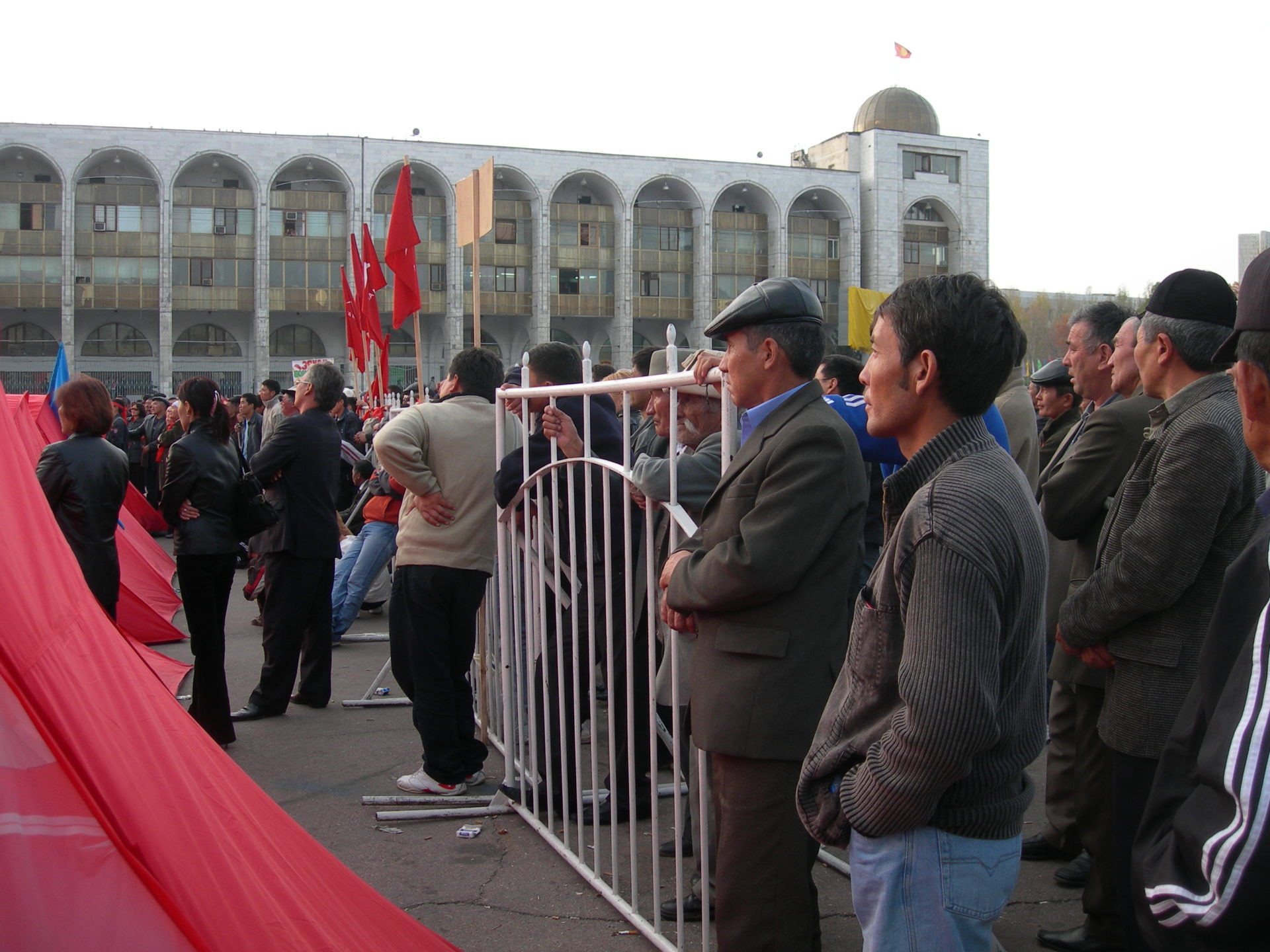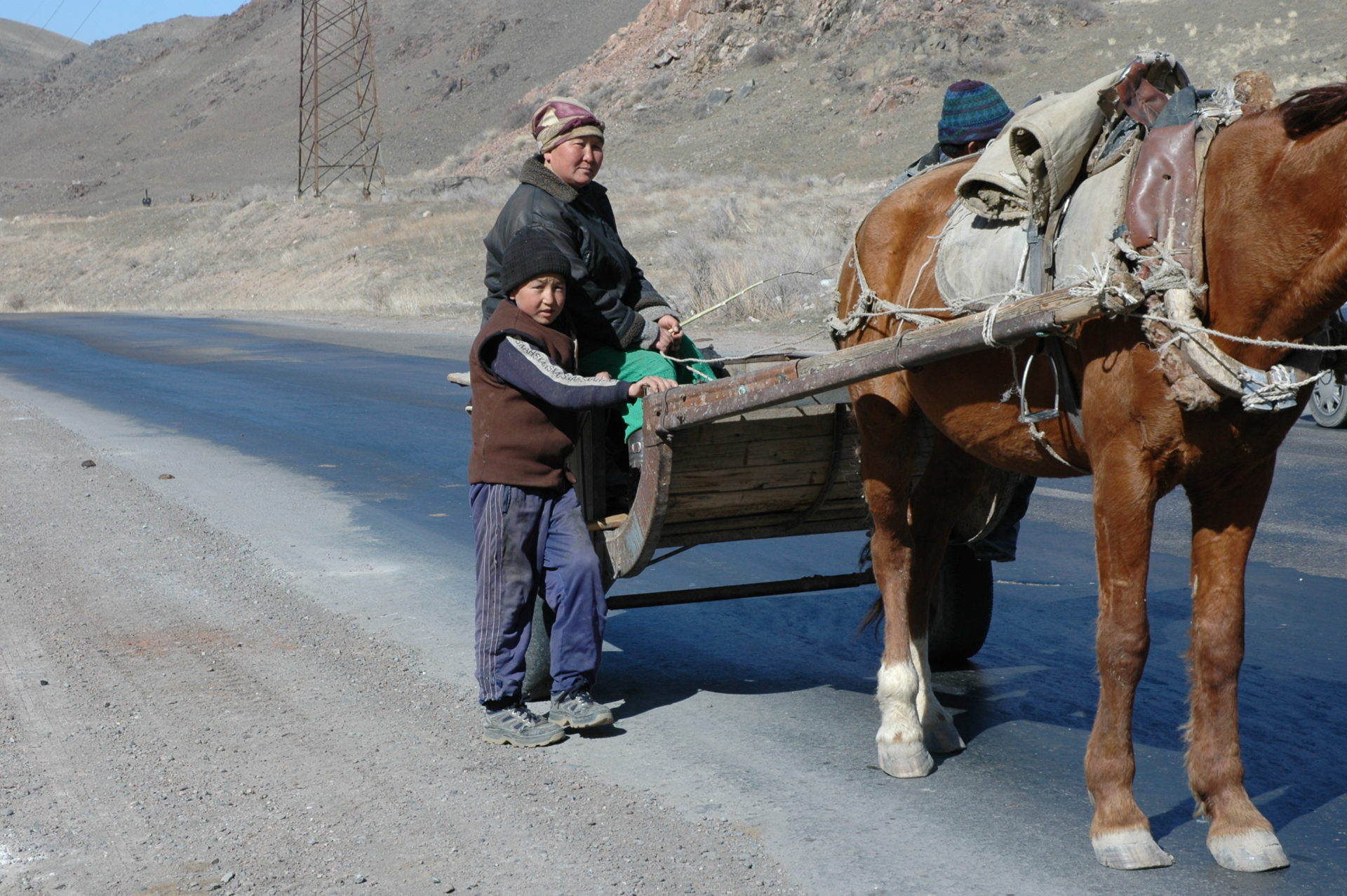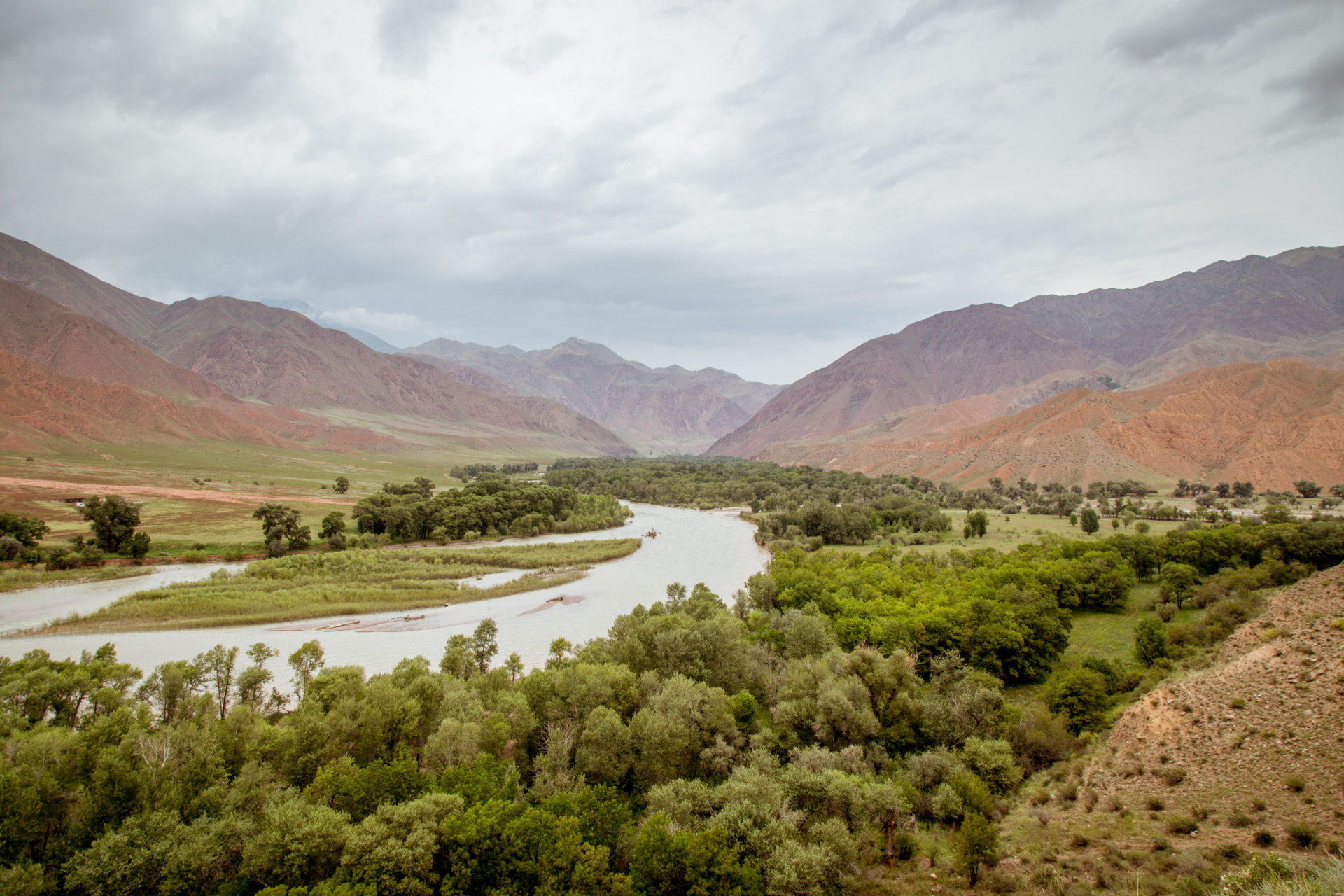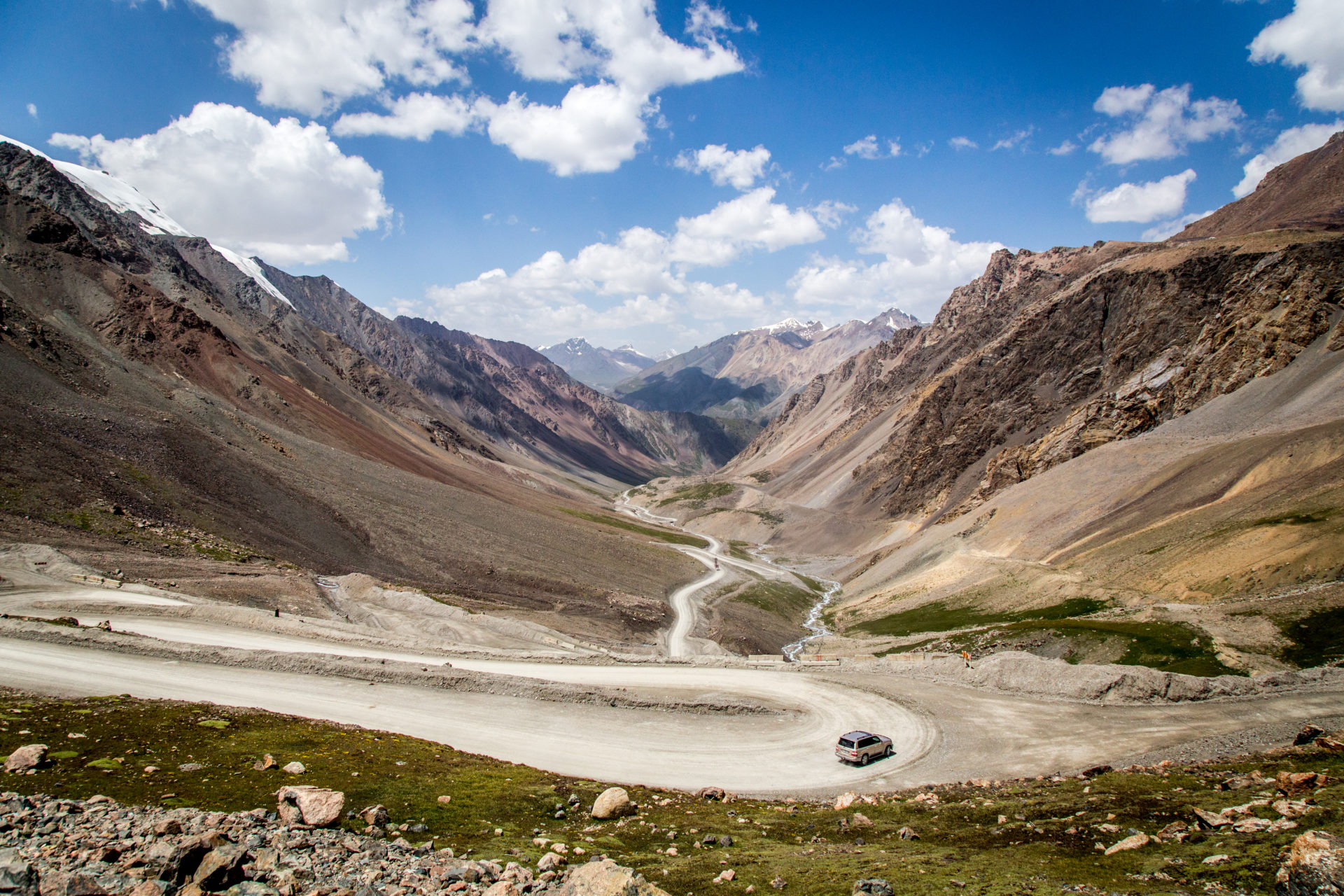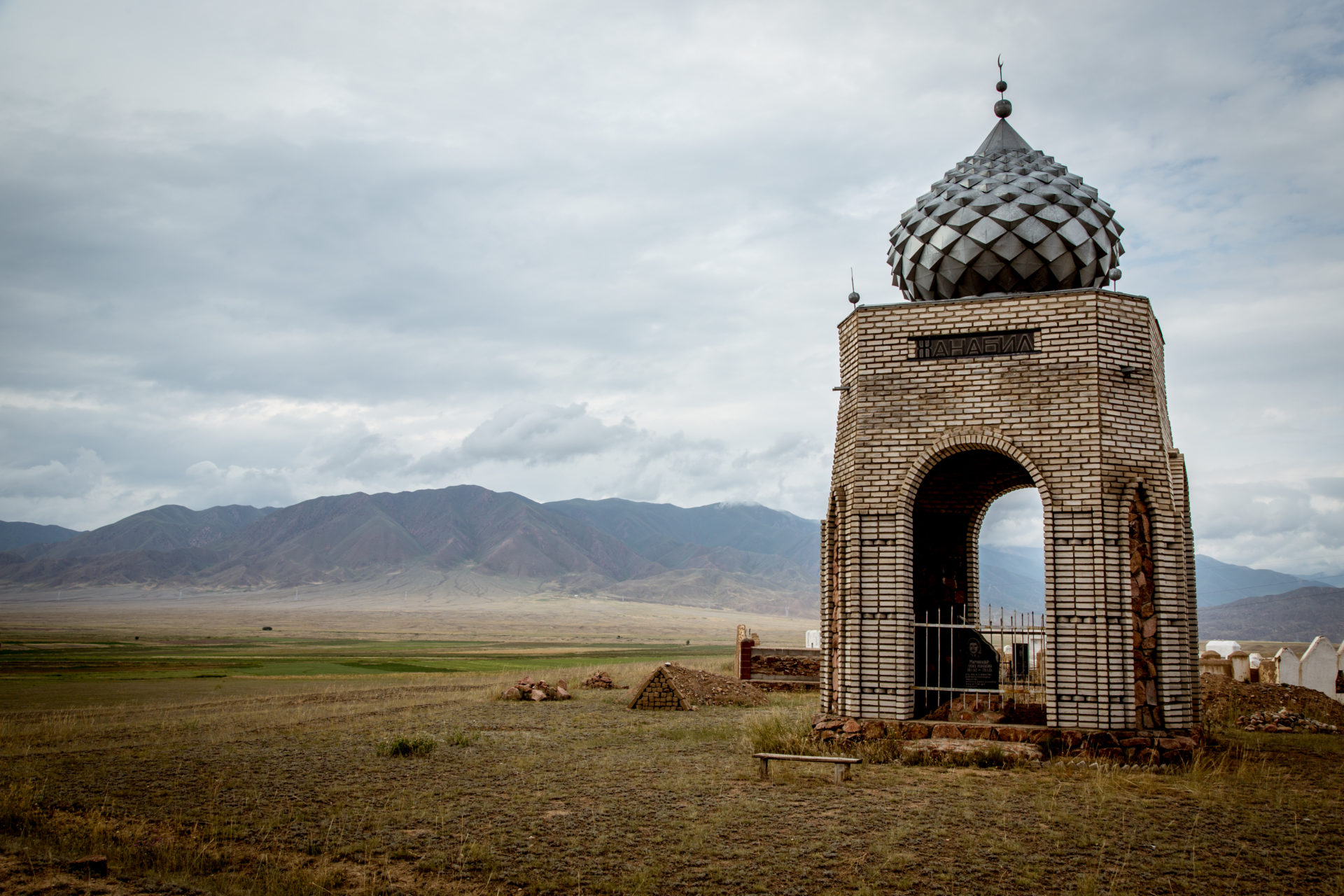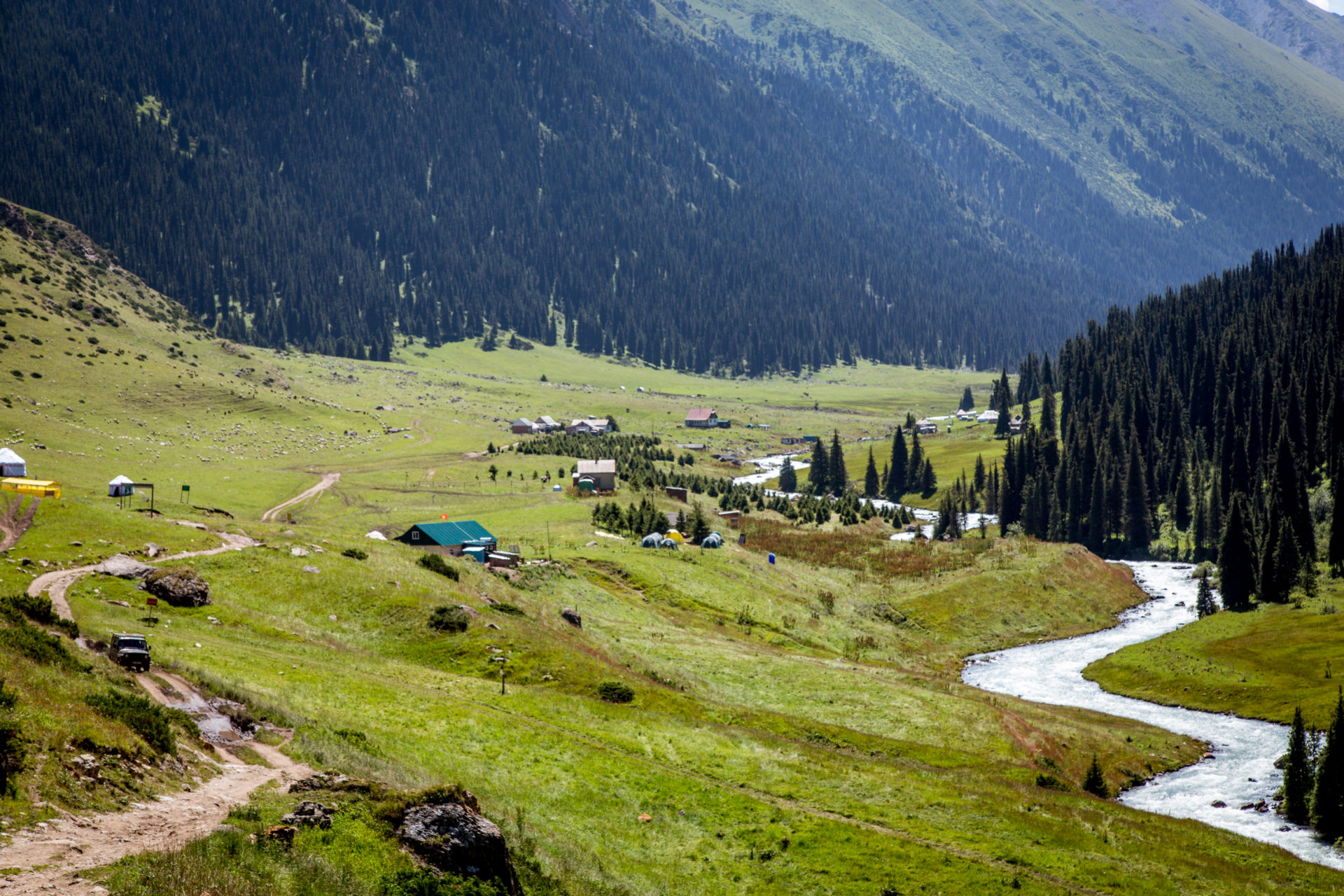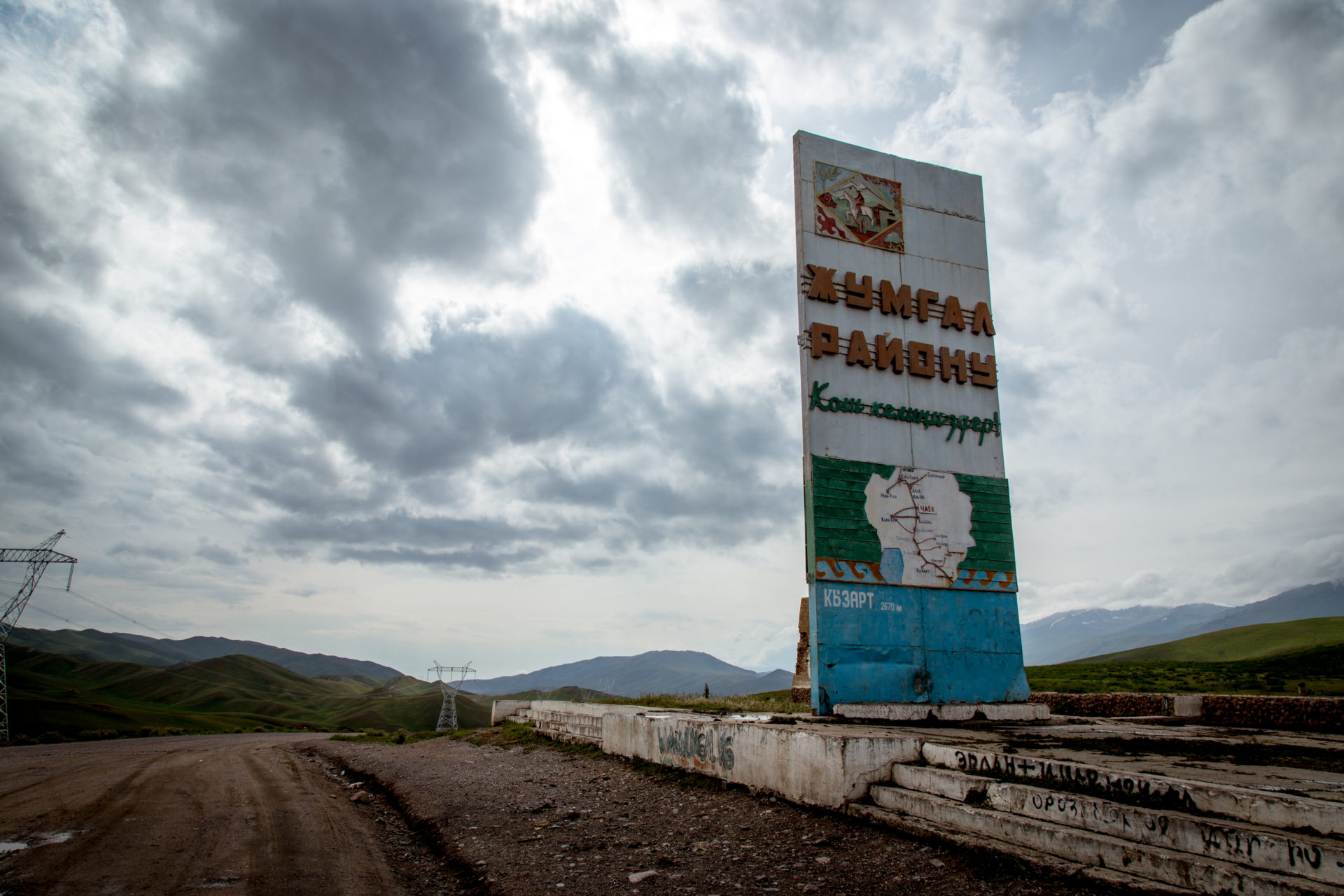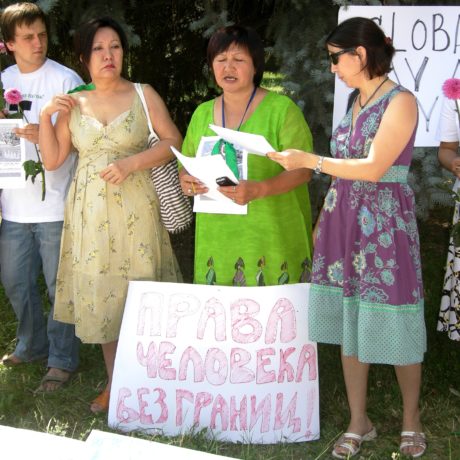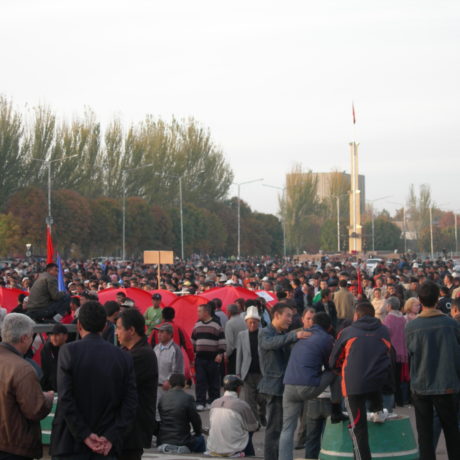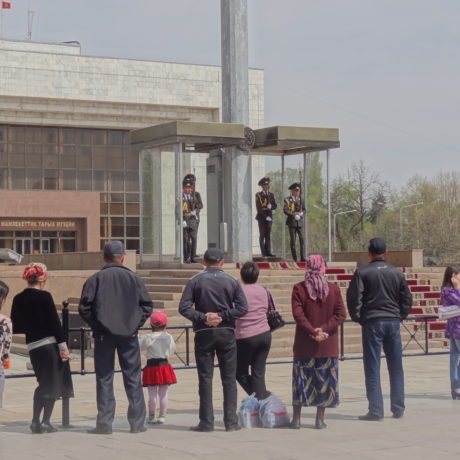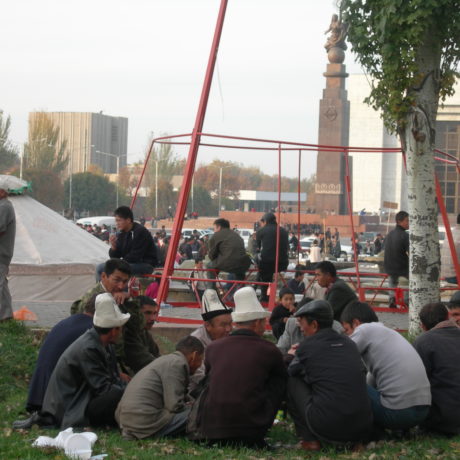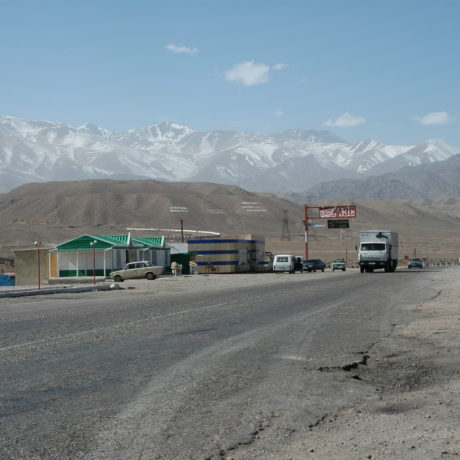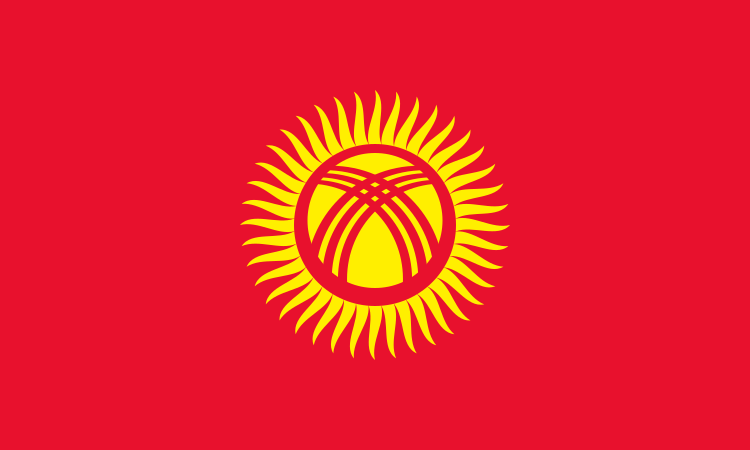
Kyrgyzstan
- Governance: Republic, unitary state
- Capital: Bishkek
- Population: 5.6 million
- Religion: Islam (sunni), christianity (russian orthodox)
- Language: Kyrgyz and russian
- Location: Central Asia
- Democracy index: Partly free, 37/100
Kyrgyzstan is the most accessible of the five countries in Central Asia, a combination of modern and traditional, in spite of considerable poverty. Kyrgyzstan is complex, both politically and ethnically. Disagreements between leading politicians have brought on two revolutions, in 2005 and 2010. In addition, conflict between ethnic Kyrgyz and Uzbeks led to violent clashes and hundreds of deaths in 2010.
It sometimes seems that Kyrgyzstan, in a democratic context, takes two steps forward only to take one step back. For periods, the country has been an “island of democracy” in the region, in others, a most repressive regime. Today, Kyrgyzstan remains hard to define – while freer than their neighbours in some areas, it is impossible to ignore the obvious human rights violations that are taking place in others. Democracy is still fragile, and political attacks on journalists, opposition and ethnic minorities are still taking place.
Kyrgyzstan today
After the April Revolution in 2010, violent clashes broke out between ethnic Kyrgyz and Uzbeks. This happened in the two provinces, Osh and Jalalabad, in the south of the country. Over three dramatic days, it is estimated that around 400 people were killed. Kyrgyzstan has been criticized for a one-sided focus on ethnic Uzbeks, when later bringing perpetrators to justice. This although the greatest number of dead were among Uzbeks, a majority of those convicted were also Uzbeks. One of them is human rights activist Azimzhan Askarov from Bazar-Korgan outside Jalalabad. Askarov is serving a life sentence in prison despite the UN Human Rights Committee having urged Kyrgyzstan to release him.
During Atambayev’s presidential period, a number of news agencies and journalists were put under pressure in court, with demands to pay large sums of money for having “offended” the President in news articles. Although Atambayev later withdrew several such claims, this was a step backwards for democracy in the country. Similarly, the President verbally attacked leading human rights activists in his speeches. Today, Kyrgyzstan is characterised by political struggles between incumbent President Sooronbay Zheenbekov and several other political groups, among them Atambayev’s supporters and former members of opposition.
NHC and Kyrgyzstan
The Norwegian Helsinki Committee has been engaged in Kyrgyzstan since the late 1990s, with repeated visits to the country until the opening of our Representative Office for Central Asia in Bishkek, Kyrgyzstan in 2006. Through the office, we strengthened our network in the region considerably, and started offering a Small Grants Fund for human rights organizations in all five Central Asian republics. However, the tightening of control over civil society during President Bakiev’s period also affected us, and in June 2008 our office was raided by security services and closed. Our representative was deported and declared persona non grata for ten years. The office was moved to the neighbouring city Almaty in Kazakhstan, where it is still located.
Return to Kyrgyzstan
After the April Revolution in 2010, however, the Norwegian Helsinki Committee was invited to return to Kyrgyzstan, and we were therefore among the first foreign organizations to report from Osh during the tragedy that took place in June the same year. Today, the Norwegian Helsinki Committee is broadly engaged through projects in Kyrgyzstan, including in the spheres of torture, ethnic discrimination, freedom of the media and freedom of religion or belief.
Read more about how we report and document human rights violations here.
History
Like the other republics in the former Soviet Union, Kyrgyzstan became independent in 1991. In the first period, the country was led by academic Askar Akayev, who in 2005 had to flee to Moscow during Kyrgyzstan’s first revolution. Great crowds demanded the President’s resignation after accusations of election fraud and corruption, and due to widespread frustrations over social problems like poverty and unemployment.
Kurmanbek Bakiev became the next president of Kyrgyzstan, and he soon went after opposition, journalists and human rights activists. Towards the end of his period, close family members, such as his son and his brother, were given central positions in government. In April 2010, riots broke out in the country and Bakiev suffered the same fate as his predecessor, Akayev, when he fled to Minsk during the country’s second revolution. Over 80 people were shot and killed when the crowds stormed the presidential palace in Bishkek. An Interim Government took over, led by Roza Otunbayeva, later with Almazbek Atambayev as President and a gradual shift towards Parliamentarism.
Timeline
- 1991: Independence, President Askar Akayev
- 2005: Tulip revolution, President Kurmanbek Bakiev
- 2010: April revolution, President Roza Otunbayeva
- 2010: Violent clashes in Osh and Jalalabad
- 2011-2017: President Almazbek Atambayev
- 2017: President Sooronbay Zheenbekov


